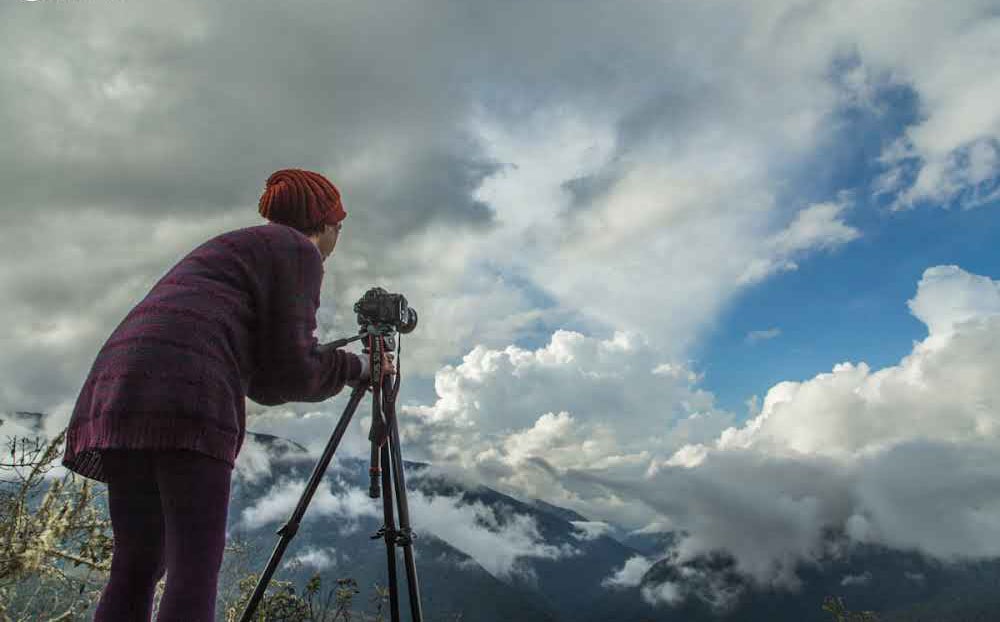QUEROS INDIGENOUS COMMUNITY .
The community of Queros is located on the Queros (Eori) River, today known as the Alto Madre de Dios River, in the Kosñipato Valley The community belongs to the Hardkbut linguistic branch, a variant of Wachiperi and has its own culture, language, and customs. manu jungle .
Their ancestral territorial domain covers the Sabaluyoc, Tono, and Pillcomayo Rivers, with an area of 2,924 hectares. Currently the community is struggling to survive (and] rescue its oral customs, language, and traditions.
They also possess the Harámbo-Queros-Huachiperi Ecological Reserve that demonstrates the work they do to protect and maintain the security of the forest.
The community offers various touristic activities for visitors, including learning about the different wild species of flora and fund; directly interacting with the indigenous population; and tasting typical foods and drinks of the place, such as pacamoto' based on red meal fish and yucca, and the fermented yucca drink known as 'masato'
If you wish to visit this community, it is important to contact them prior to arriving
HINKIORI PETROGLYPHS
The Hinkiori Petroglyphs are carved into animmense sandstone rock measuring more than 20 meters long and three meters high, located at on altitude of 825 meters above sea level. A total of 21 symbolic figures can be seen on the undulating surface and lateral faces of the rock, all of which were produced using the technique of striking and Scrubbing.
They represent a combination of curvilinear motifs and straight lines with other elements, simple and concentric circles, simple and combined spirals, an element of axial symmetry, a motif in the form of an hourglass, and a cruciform figure that is traced with no overlays or interconnections.
They were photographed and copied by the Dominican Father José Alvarez on December 13, 1942.
According to the popular wisdom of the indigenous Community of Queros, this rock was an oracle in ancient times: community members would turn to it to learn about what would transpire in the future, from incidents such as invasions to weather and agricultural situations.
PONGO DE QONEQ ORCHID GARDEN
This ecotourism-focused orchid garden was founded in 2008 as an initiative of the locals to provide complementary services to tourists passing through on their way between Pilcopata and Atalaya. The orchid garden's paths show off more than 70 species.
These orchids are not only beautiful, but also constitute important material for studying the process of their evolution; however, many of them are endangered due to human exploitation.
You must plan the trip in advance.
ATALAYA LOOKOUT POINT
The Atalaya natural lookout point is located on the lef-hand side of the Pillcopata-Atalaya highway and produces an incredible experience as you gaze at the majestic mountains in the Pantiacolla chain, the serpentine Madre de Dios River, and the mountains in Manu Biosphere Reserve, which begin to disappear as the Amazonian grasslands take over the landscape.
Similarly, from this point we can the Carbón and Alto Madre de Dios Rivers coming together, a natural landmark delimiting the regions of Cusco and Madre de Dios.
KOSKIPATA PONGO DE QONEQ (QONEQWATER GAP)
The Alto Madre de Dios River forms from the confluence of the Pillcopata and Piñi Pirñi Rivers very close to the village of Pillcopata.
From this point, its significant volune of water flows through one of the last Andean buttresses, giving way to the Pongo de Qoñeq. The water gap is approximately 300 meters long and its rocky walls reach 50 meters high. The surrounding area is Covered with dense vegetation comprised of ferns, lianas, and orchids.
In addition to being able to navigate through this natural formation, it is
possible to do so upriver for a few additional minutes via the Piñi Piñi River,
where one can find whimsical lithic fornations, such as the Calavera Rock
[Skull Rock], as wel as
having an unparalleled experience navigating while Surrounded by forest, in
many cases primary forest, with little human intervention.
MACHUHUASI OXBOW LAKE
The Machuhuasi Oxbow Lake is a mirror of water measuring nearly one hectare, with an average depth ofI.5 meters and a series of entrance paths and internal routes surrounding it The total area containing spaces that can be visited is 309. 14 hectares, which incudes the forest, banks of the Alto Madre de Dios River, small flooded areas, and gigantic trees.
This small oxbow lake is one of the last that reacted by the dynamics of the meanders of the Alto Madre de Dios River.
This spectacular lake is home to many species of rare birds, such as the hoatzin, kingfisher, and horned screamer, as well as some turtles, small caimans, and monkeys in the surrounding forest .
SHINTUYA HOT SPRINGS
On a section of the Alto Madre de Dios River, one finds the indigenous community of Shintuya, whose territory is located on both sides of this river.
On the leff-hand side are hot springs that emerge from the forest and mountain, forming a natural pool in which you can relax and enjoy a very delightful evening.
You should keep in mind that in order to access these hot springs you must first contact the indigenous community of Shintuya, you can even reserve a spot wherein to spend the night. Reserva de Biósfera del Manu jungle

No hay comentarios:
Publicar un comentario